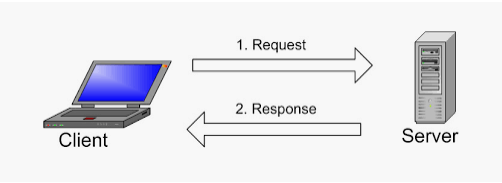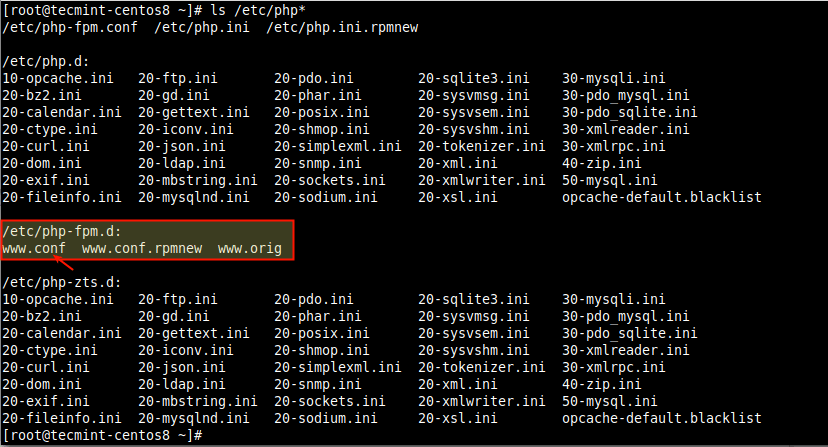The Apache webserver is an opensource and popular HTTP web server that continues to enjoy a massive market share in the hosting industry. It ships with loads of features including module enhancements, multi-protocol support, simplified configuration, and multi-language support to mention just a few. Read Also: How to Install Nginx on CentOS 8 In this
Make Linux Great Again
How to Install R on Ubuntu 20.04
R is an open-source programming language and free environment that specializes in statistical computing and graphical representation. It is mainly used by statisticians and data miners for developing statistical software and performing data analysis. This article covers the steps required to install R on Ubuntu 20.04. Prerequisites # Ensure that you have met the following
What is PostgreSQL? How Does MySQL Work?
PostgreSQL is the world’s most advanced enterprise-class open source database management system that is developed by the PostgreSQL Global Development Group. It is a powerful and highly-extensible object-relational SQL (Structured Query Language) database system popular for its reliability, feature robustness, and high performance. It is known to be highly scalable both in the amount of
How to Install Mono on Ubuntu 20.04
Mono is a platform for developing and running cross-platform applications based on the ECMA/ISO Standards. It is a free and open-source implementation of Microsoft’s .NET framework. This tutorial covers the steps required to install Mono on Ubuntu 20.04. Prerequisites # The instructions assume that you are logged in as root or user with sudo privileges.
How to Connect NGINX to PHP-FPM Using UNIX or TCP/IP Socket
NGINX web server (as reverse proxy) serves PHP applications through the FastCGI protocol (as a backend application server). NGINX employs PHP-FPM (FastCGI Process Manager), an alternative PHP FastCGI implementation that runs in the background as a daemon, listening for CGI requests. It comes with extra features designed for powering heavy-loaded websites or web applications, but
How to Delete (Remove) Symbolic Links in Linux
A symbolic link is also known as symlink or soft link, is a special type of file that serves as a reference to another file or directory. A symlink can point to a file or a directory on the same or a different filesystem or partition. This guide explains how to remove symbolic links in
How to Add Elements to a List in Python (append, extend and insert)
When working with lists in Python, you will often want to add new elements to the list. The Python list data type has three methods for adding elements: append() – appends a single element to the list. extend() – appends elements of an iterable to the list. insert() – inserts a single item at a
How to Install Skype on Ubuntu 20.04 LTS
Skype is most popular applications for communication via Text, Audio and Video. You can make online free audio and video calls over the internet. It is also providing service of international calling to mobiles and landlines worldwide at affordable price. It is cross-platform, available on Android systems, Windows, Linux, and macOS. This guide exaplains how
Unlink Command in Linux (Remove File)
The unlink is a command-line utility for removing a single file. It calls directly interfaces with the unlink system function, which removes a specified file. This tutorial shows you how to remove a file in Linux using unlink command. Removing File with unlink# Following is the syntax for the unlink command: unlink FILENAME Here, you
How to Install KVM on Ubuntu 20.04
KVM, (kernel-based Virtual Machine) is a free and opensource virtualization platform for the Linux kernel. When installed on a Linux system, it becomes a Type-2 hypervisor. In this article, we look at how you can install KVM on Ubuntu 20.04 LTS. Step 1: Check Virtualization Support in Ubuntu Before installing KVM on Ubuntu, we are







